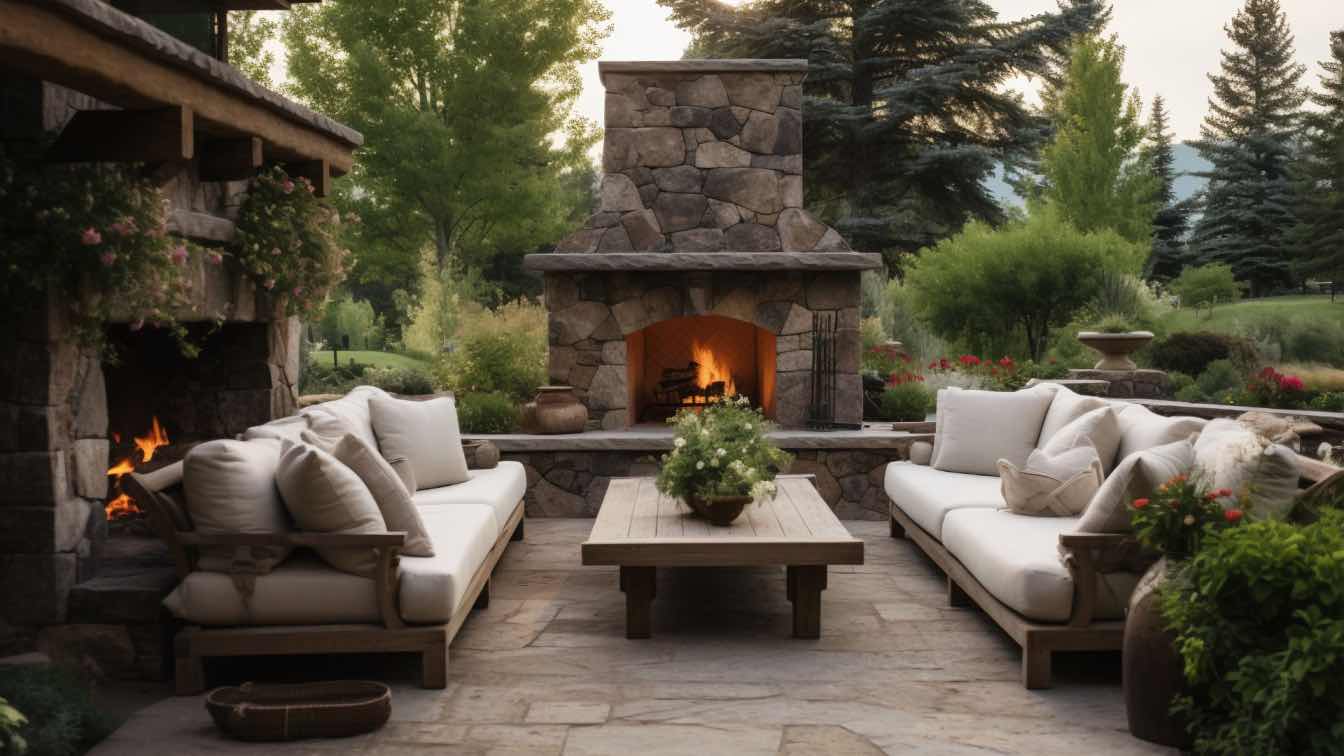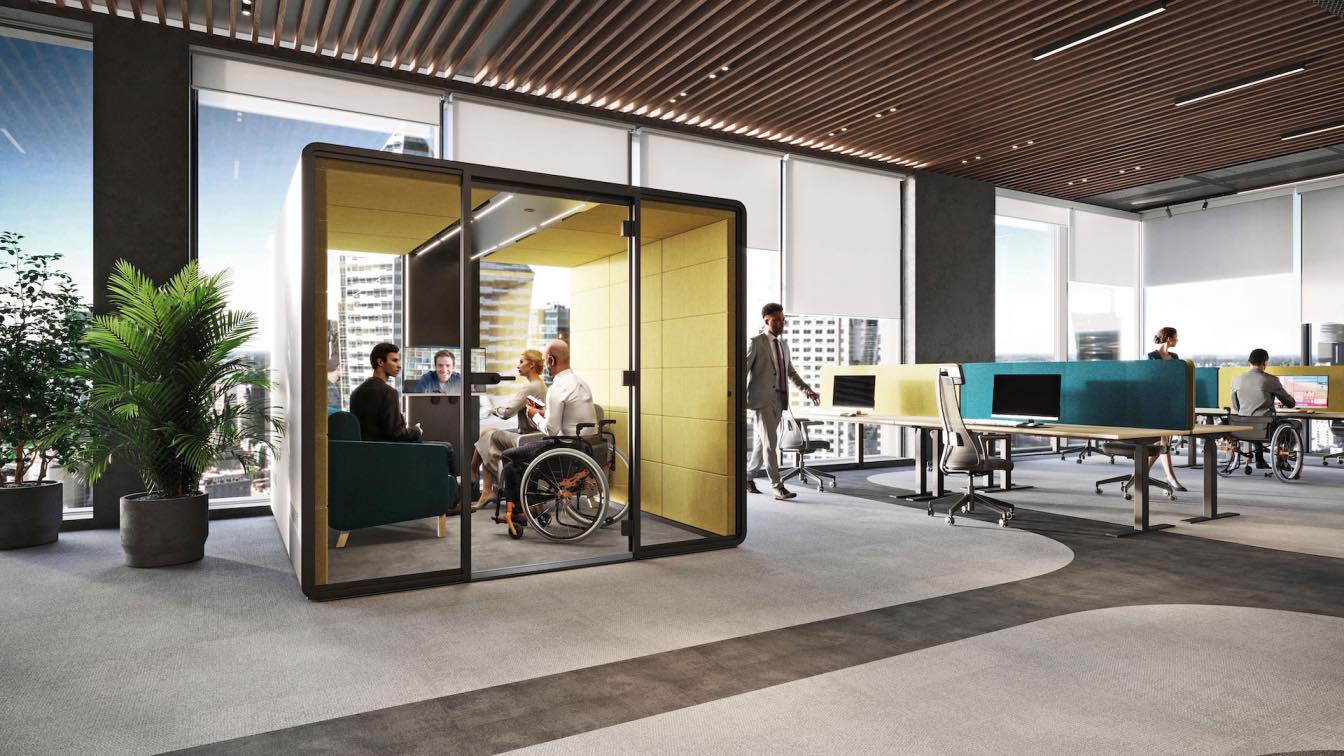In the realm of outdoor design, the seamless integration of architectural principles with stylish dining sets can elevate alfresco dining experiences to new heights. By harmonizing elements of form, function, and aesthetics, outdoor dining areas can become natural extensions of the architectural landscape, creating inviting and cohesive spaces for gatherings and meals. Let's delve into how these principles can be applied to craft outdoor dining areas that marry architectural elegance with stylish dining sets.
Embracing Architectural Harmony
At the core of designing outdoor dining spaces is the concept of architectural harmony. The dining area should seamlessly blend with the surrounding architecture, whether it's a contemporary masterpiece, a rustic retreat, or a Mediterranean villa. Consider the architectural style, materials, and features of your home or landscape and use them as a guiding framework for selecting dining sets that complement and enhance the overall aesthetic.
Choosing Stylish Dining Sets
Selecting the right dining sets is crucial for achieving a harmonious blend of architecture and outdoor living. Choose stylish dining sets that reflect the design ethos of your outdoor space, whether it's modern, traditional, eclectic, or coastal. Consider materials such as teak, aluminum, wicker, or wrought iron that are durable, weather-resistant, and complement the architectural style of your home. Pay attention to scale, proportion, and aesthetics to ensure that the dining sets, including options like a rattan outdoor dining set, enhance rather than overpower the architectural features of the outdoor space.
Defining Zones with Structural Elements
Structural elements such as pergolas, arbors, and trellises can play a pivotal role in defining outdoor dining zones and creating architectural interest. Integrate these elements into your outdoor space to delineate the dining area, provide shade, and establish visual boundaries. Opt for designs that echo the architectural language of your home or landscape, ensuring a cohesive and integrated look that enhances the dining experience.
Creating Visual Interest with Textures and Materials
Textures and materials play a vital role in adding visual interest and depth to outdoor dining areas. Incorporate a mix of textures such as wood, metal, stone, and textiles to create a dynamic and inviting atmosphere. Contrast smooth surfaces with rough-hewn textures, shiny finishes with matte surfaces, and organic materials with industrial elements to create visual intrigue and tactile appeal. Experiment with materials that echo the architectural elements of your home or landscape, tying the dining area seamlessly into its surroundings.
Enhancing Ambiance with Lighting
Thoughtfully placed lighting can enhance the architectural beauty of outdoor dining spaces while setting the mood for memorable dining experiences. Install ambient lighting such as string lights, lanterns, or sconces to create a warm and inviting atmosphere that highlights architectural details and dining sets. Consider accent lighting to illuminate focal points such as artwork, sculptures, or architectural features, adding drama and visual interest to the outdoor dining area after dark.
Integrating Greenery and Landscaping
Greenery and landscaping are essential elements in blurring the boundaries between architecture and outdoor living. Integrate lush foliage, flowering plants, and strategic landscaping to soften architectural lines, add color and texture, and create a sense of harmony with nature. Use planters, trellises, and vertical gardens to introduce greenery into the dining area, enhancing the ambiance and creating a tranquil retreat for alfresco dining.
Fostering Connectivity with Nature
The ultimate goal of blending architecture with outdoor dining is to foster a deep connection with nature while enjoying the comforts of home. Incorporate elements such as open-air seating, panoramic views, and natural materials to create a seamless transition between indoor and outdoor living. Position dining sets to take advantage of natural light, breezes, and scenic vistas, allowing diners to immerse themselves in the beauty of their surroundings while savoring delicious meals.
Elevating Outdoor Dining with Architectural Elegance
In conclusion, blending architecture with outdoor dining is a powerful way to create cohesive and aesthetically pleasing spaces that elevate alfresco dining experiences. By embracing architectural harmony, defining zones with structural elements, choosing stylish dining sets, creating visual interest with textures and materials, enhancing ambiance with lighting, integrating greenery and landscaping, and fostering connectivity with nature, outdoor dining areas can become natural extensions of the architectural landscape, seamlessly blending form and function in perfect harmony. With thoughtful planning and attention to detail, you can design outdoor dining spaces that not only reflect the beauty of your home or landscape but also inspire memorable gatherings and culinary delights for years to come.





